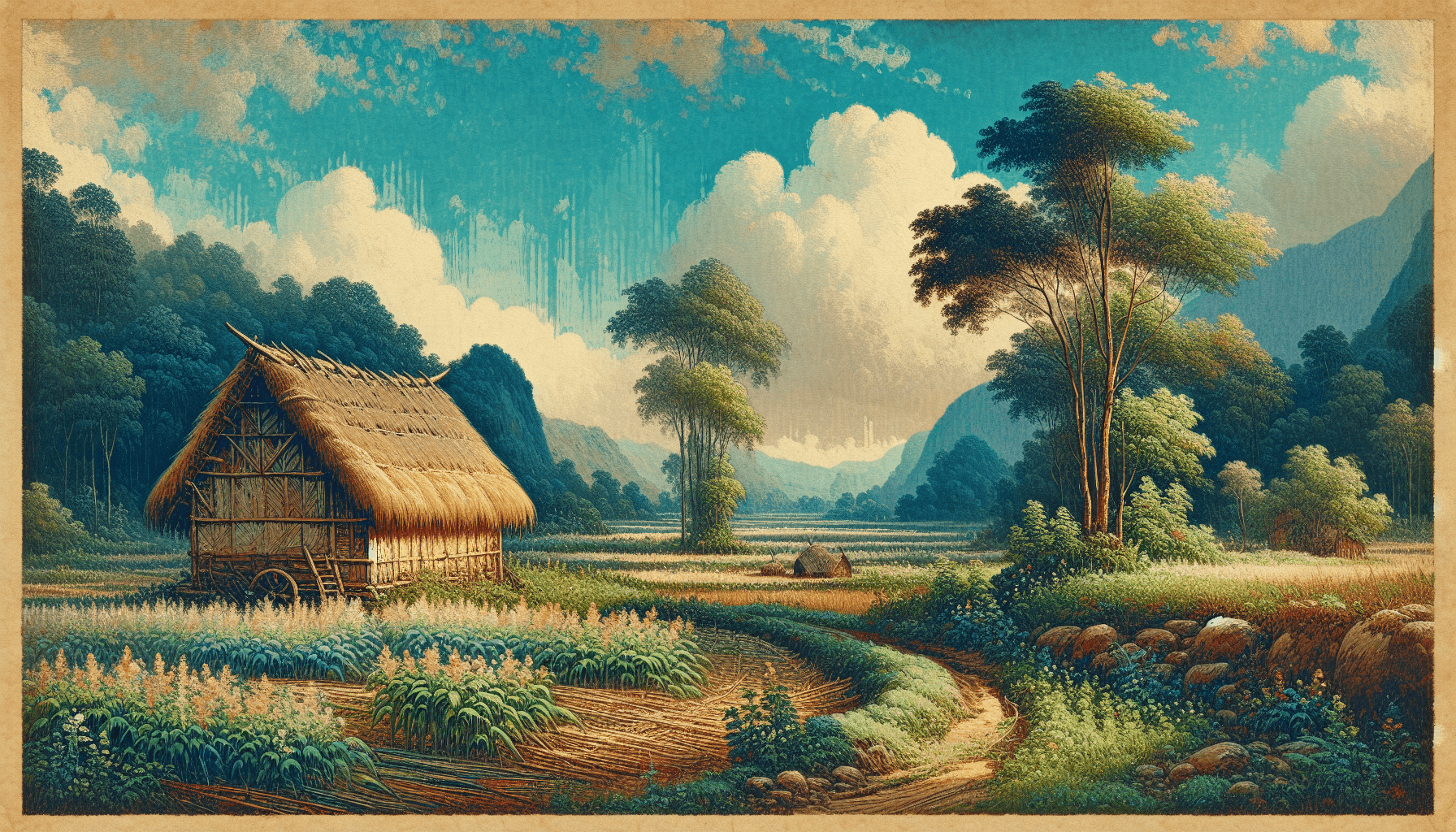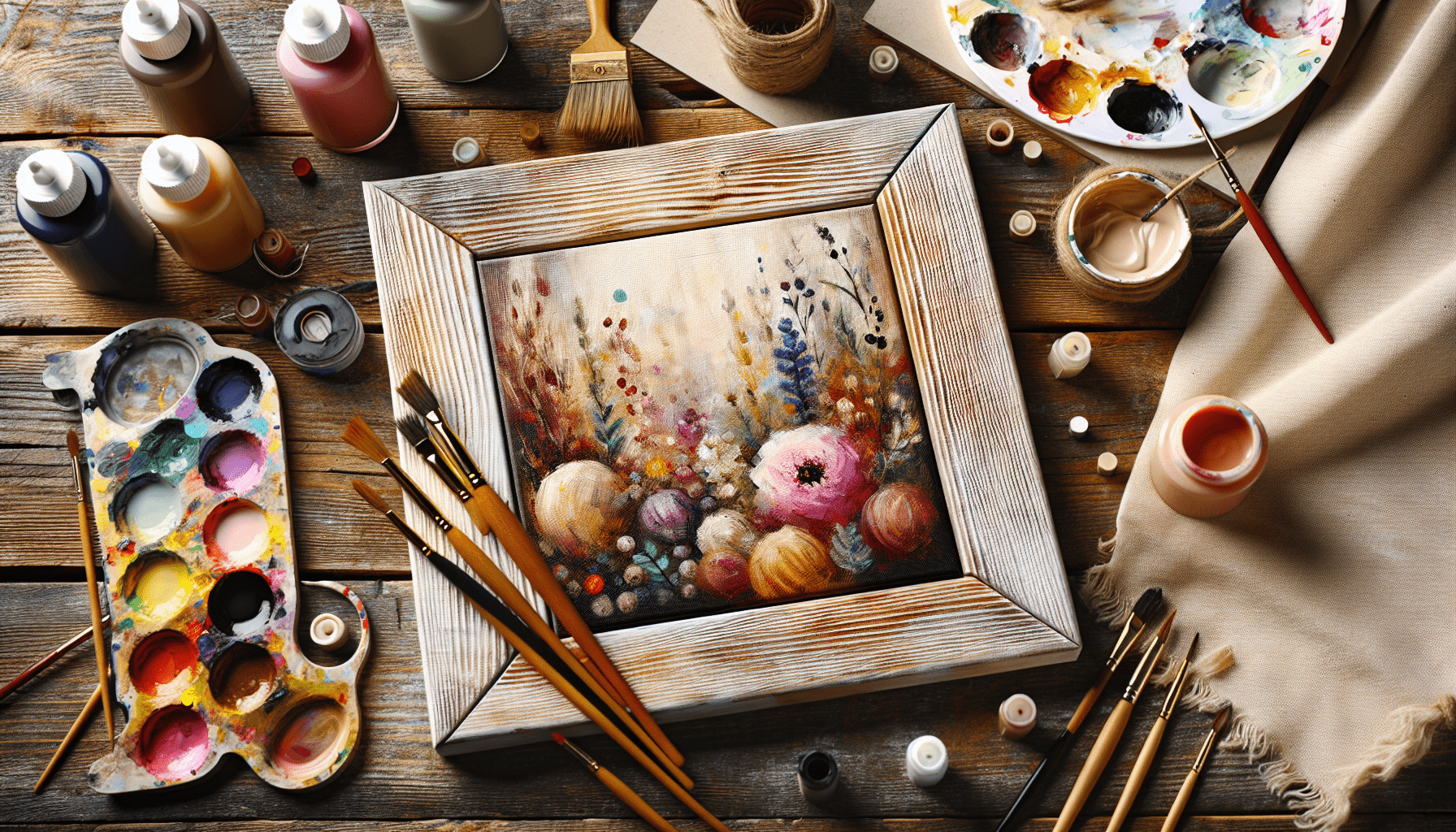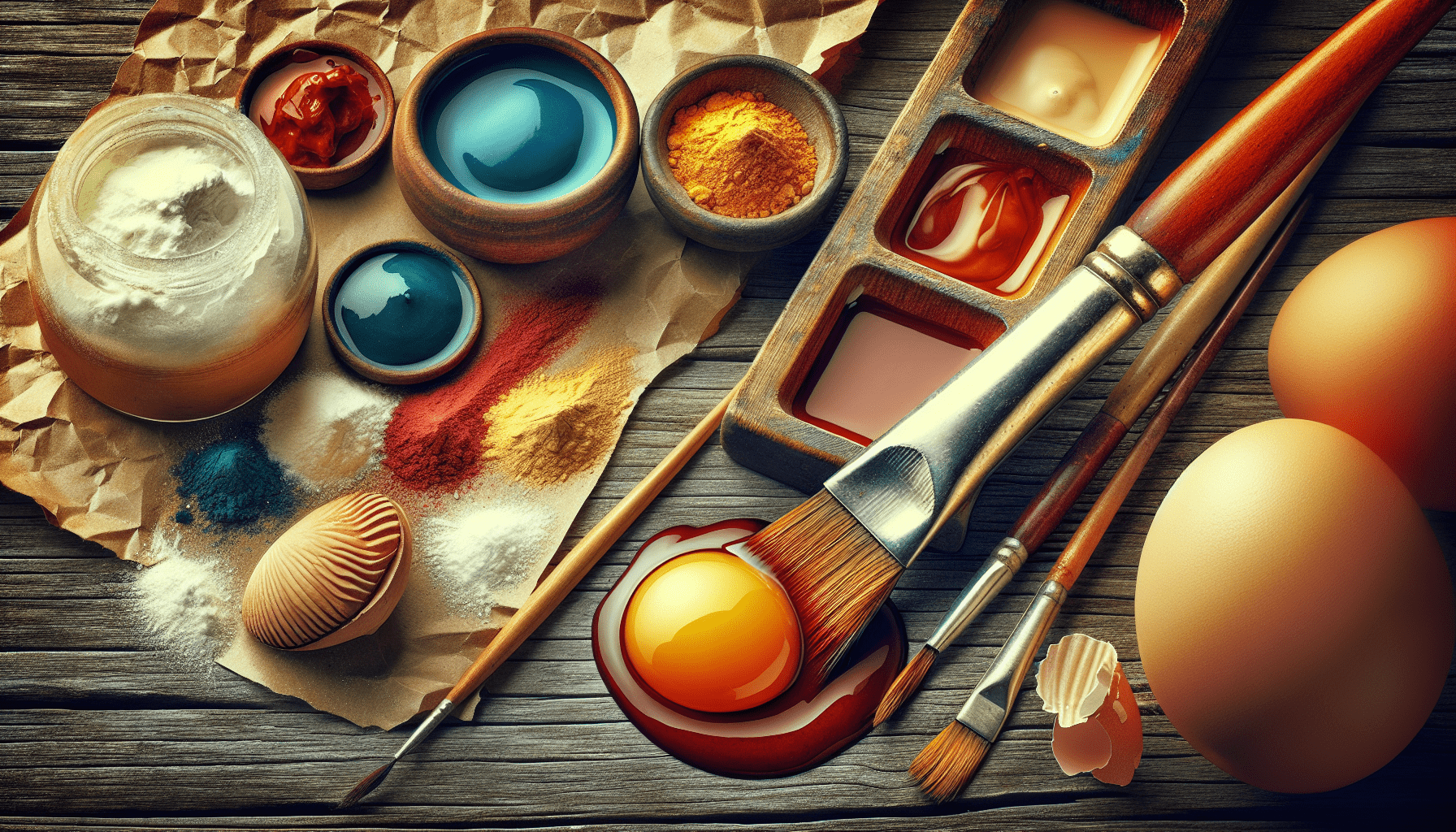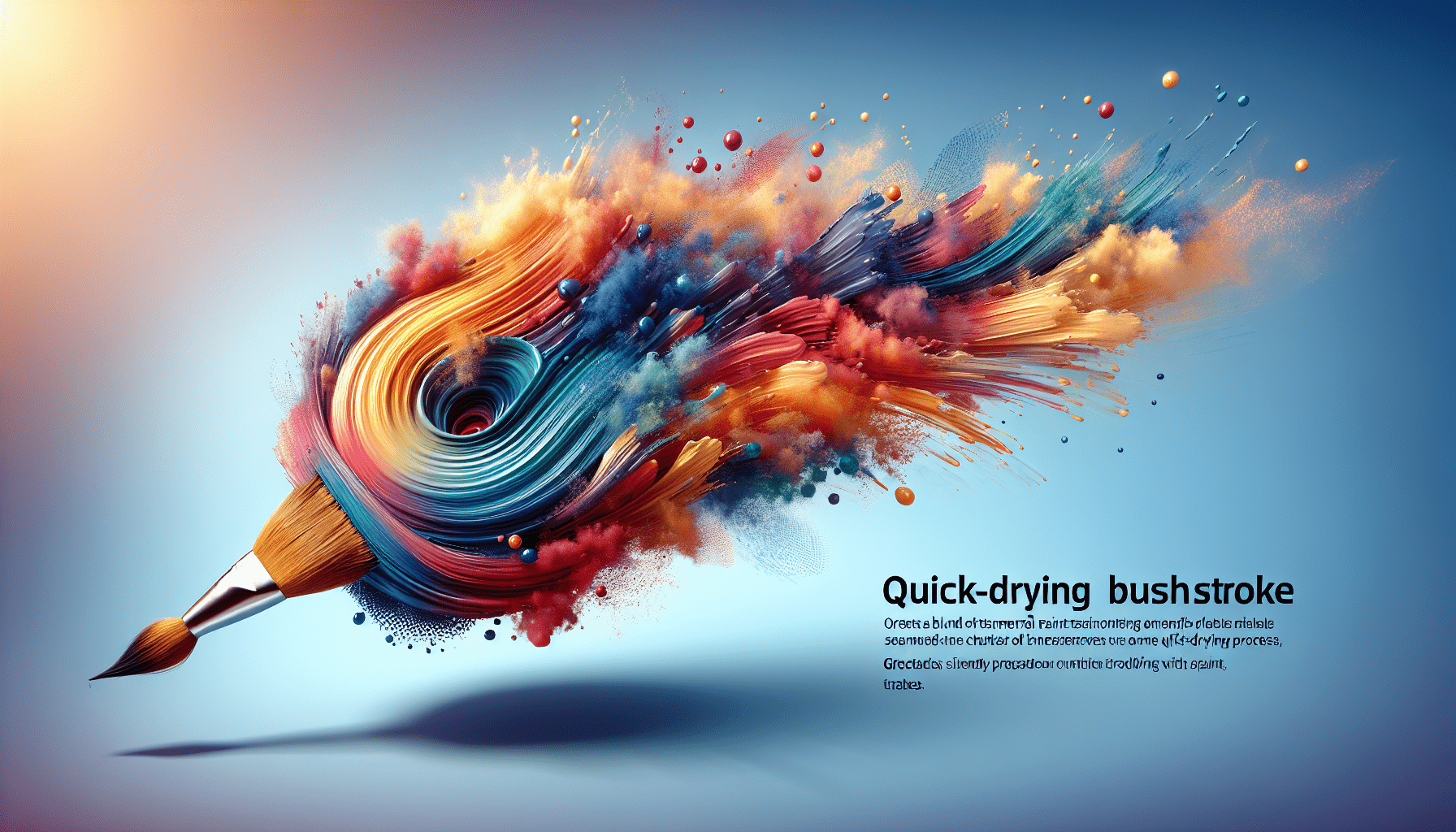Tempera paintings comprise a distinct genre in the vast landscape of artistic expressions. Praised for their meticulous detailing and vibrant colors, these works have captivated art enthusiasts for centuries. The hallmark of tempera paintings lies in their unique medium, which incorporates a blend of pigments, egg yolk, and water. This amalgamation, meticulously applied layer by layer, results in a smooth and velvety texture that is unmatched in its precision and luminosity. Renowned for their longevity and durability, tempera paintings have truly stood the test of time, preserving the artistic prowess of numerous civilizations and leaving an indelible mark on the realms of art history.
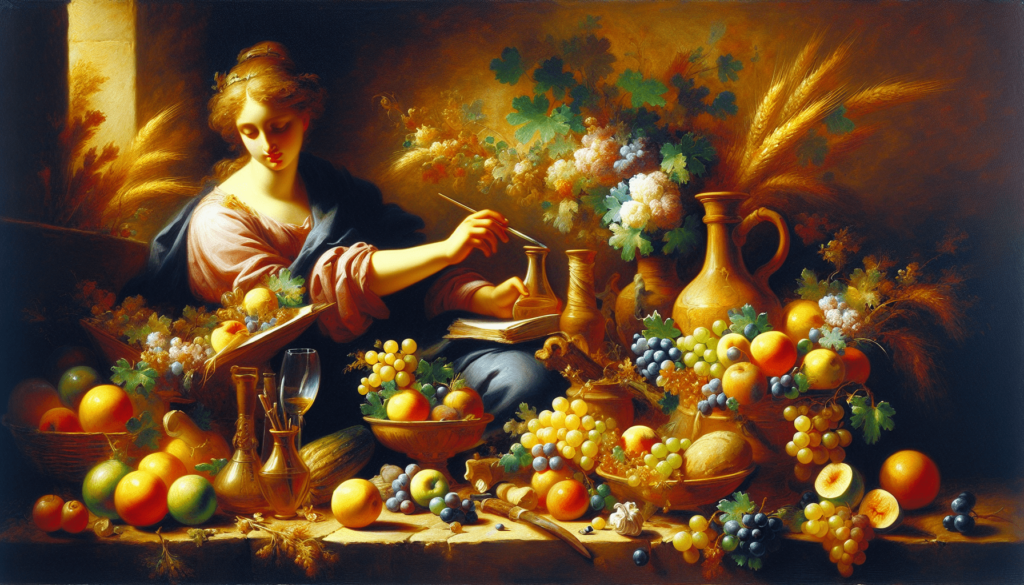
Introduction to Tempera Paintings
Definition of tempera paintings
Tempera paintings are a type of art that utilizes a technique of painting with pigments that are mixed with an emulsion or binding agent, typically egg yolk. This combination of pigments and emulsion creates a durable and long-lasting paint that is known for its vibrant colors and smooth texture. The word “tempera” comes from the Latin word “temperare,” which means “to mix.”
Historical significance
Tempera paintings have a rich and significant history that can be traced back to ancient Egypt, Greece, and Rome. The technique flourished during the Byzantine era, with renowned icons created using tempera. During the Middle Ages, tempera was the primary medium for painting until the advent of oil painting. Notable Renaissance artists such as Giotto and Botticelli also used tempera extensively, contributing to its popularity. The use of tempera declined with the rise of oil paint, but it has experienced a revival in modern art.
Popular artists who used tempera
Many notable artists throughout history have embraced the use of tempera in their artworks. Giotto, often considered the father of Renaissance painting, utilized tempera in his masterpiece “Lamentation.” Sandro Botticelli, renowned for his iconic painting “The Birth of Venus,” also employed tempera to create his ethereal and delicate figures. Grant Wood, an influential American painter, used tempera in his iconic work “American Gothic.” These artists and many others have demonstrated the versatility and expressive qualities of tempera paintings.
Composition and Preparation
Ingredients used in tempera paints
The composition of tempera paints consists of pigments, an emulsion or binder, and sometimes additional substances such as water or a thinner. Historically, the most common binder for tempera was egg yolk, which provides both adhesive and binding properties. Other binders, such as animal glue or gum arabic, can also be used. Pigments used in tempera are finely ground minerals or organic substances, including earth pigments, ochres, and other natural materials.
Mixing and grinding pigments
To create the paint, the pigments are mixed with the chosen binder, usually egg yolk or another emulsion. The artist must carefully grind the pigments to a fine powder to ensure proper dispersion and integration with the binder. This process requires patience and precision to achieve a smooth and consistent paint mixture. Traditionally, a mortar and pestle were used for grinding, but modern artists often use a palette knife or grinding slab.
Preparing the surface for painting
Before applying the tempera paint, the surface must be properly prepared. The surface should be primed with a layer of gesso, a mixture consisting of gypsum, chalk, or pigment mixed with a binder, such as glue or rabbit skin glue. Gesso provides a smooth and absorbent surface for the tempera paint to adhere to and prevents the pigments from deteriorating over time. Multiple coats of gesso may be applied, with each layer sanded or smoothed before the next.
Application Techniques
Brushwork in tempera paintings
Brushwork is an essential aspect of tempera paintings, influencing the overall appearance and style. Artists use a variety of brushes with different bristle lengths, shapes, and textures to achieve desired effects. By varying the pressure, angle, and speed of brushstrokes, artists can create intricate details, smooth transitions, or textured surfaces. The fine tip of a brush allows for precise lines and delicate rendering, while broader brushes are used for larger areas and broader strokes.
Layering and glazing
One of the distinct characteristics of tempera paintings is the layering technique. Artists apply thin layers of paint, allowing each layer to dry before adding subsequent layers. This layering technique enables the artist to build depth, transparency, and luminosity in the artwork. Glazing, which involves applying transparent or semi-transparent layers of color over dried layers, is another technique used to enhance colors, create subtle tonal variations, and achieve a sense of depth.
Stippling and cross-hatching
Stippling and cross-hatching are techniques commonly employed in tempera paintings to create texture, shading, and depth. Stippling involves the application of small, individual dots or patches of color, which blend optically to create a textured effect. Cross-hatching, on the other hand, is the technique of overlapping parallel lines in different directions to create tonal variations, shading, or texture. These techniques add visual interest and dimensionality to the artwork.
Color Palette
Limited range of colors
Compared to contemporary oil paints, tempera paints offer a more limited range of colors. The availability of pigments in ancient and medieval times was restricted, resulting in a smaller selection of hues. However, artists have historically developed techniques to achieve a wide range of colors by mixing various pigments. While limited, the color palette of tempera still presents artists with ample possibilities for creating vibrant and harmonious compositions.
Achieving vibrant hues
Despite the limited color palette, tempera paintings can still exhibit vibrant and intense hues. Artists achieve this by building layers of translucent paints, allowing light to pass through and reflect from the underlying layers. The combination of layering, glazing, and precise brushwork contributes to the richness and luminosity of the colors. Additionally, careful consideration of color theory and mixing techniques enables artists to create a wide range of vibrant hues.
Usage of color symbolism
In tempera paintings, color symbolism can play a significant role in conveying meaning and emotion. Artists often employ specific colors to evoke certain emotions or convey symbolic representations. For example, warm tones such as red and orange may symbolize passion or energy, while cool tones like blue and green can evoke a sense of tranquility or serenity. The deliberate choice and placement of colors contribute to the overall narrative and impact of the artwork.
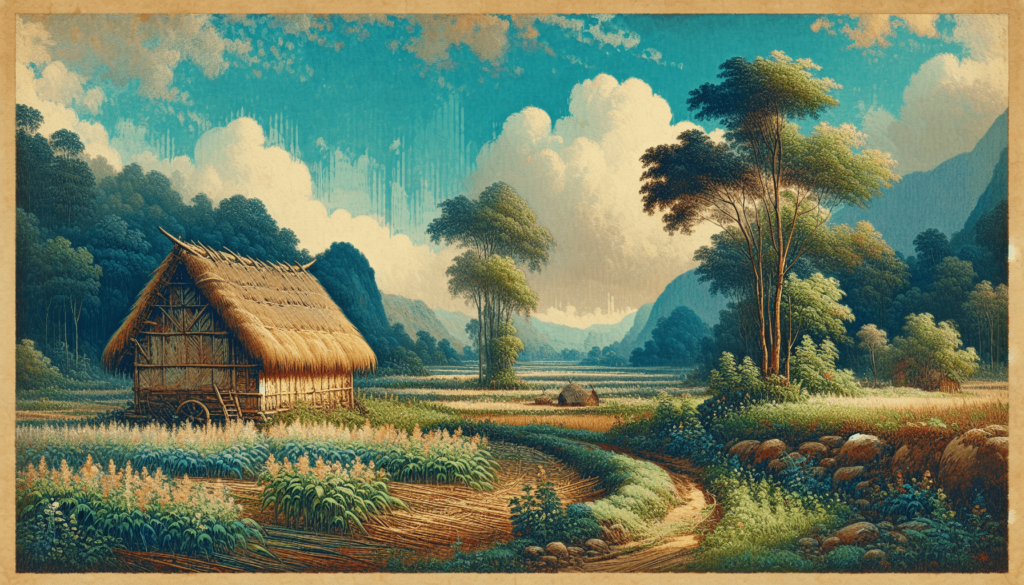
Drying Time and Permanence
Quick drying nature of tempera
One of the notable characteristics of tempera paint is its relatively quick drying time. Compared to oil paint, which can take days or even weeks to dry, tempera dries within minutes to a few hours, depending on the thickness of the application. This quick drying nature allows artists to work swiftly and efficiently, especially when creating detailed or layered compositions. It also reduces the risk of accidental smudging or blending of colors.
Advantages and disadvantages of fast drying
The fast drying nature of tempera paint offers advantages and disadvantages to artists. On one hand, it allows for efficient handling and layering, enabling artists to build up complex compositions quickly. The quick drying time also enables artists to make corrections or adjustments promptly, avoiding unwanted smears. On the other hand, the fast drying nature can be challenging for artists who prefer longer blending and working times. This limitation requires careful planning and precise execution.
Making corrections and adjustments
Due to the quick drying nature of tempera paint, artists must plan ahead and work decisively. However, if the need arises, corrections and adjustments can still be made. Artists can make modifications by carefully scraping off unwanted layers, gently sanding the surface, or restoring areas with additional layers of paint. The ability to make corrections is crucial for artists seeking perfection in their artworks and is facilitated by the paint’s excellent adhesion to the surface.
Texture and Surface Effects
Smooth and subtle texture
Tempera paintings are characterized by their smooth and subtle texture. This is achieved through the careful application of thin, even layers of paint. The result is a surface that appears velvety and refined, enhancing the overall visual appeal of the artwork. The smooth texture also allows for precise details and delicate rendering, showcasing the artist’s skill and craftsmanship.
Creating texture through brushstrokes
Although tempera paintings are typically smooth, artists can still create texture through deliberate brushwork. By utilizing a variety of brush strokes, artists can introduce textural elements into their paintings. For example, using a stippling technique can give the illusion of rough or textured surfaces, while broader and more visible brushstrokes can add a sense of movement or energy. These textures contribute to the overall visual interest and can enhance the subject matter portrayed.
Addition of texture through various materials
In addition to brushwork, artists may incorporate various materials to enhance the texture of tempera paintings. Substances such as sand, fibers, or even gold leaf can be applied to the surface, adding depth and tactile qualities. The combination of these materials with the smoothness of tempera paint creates a dynamic contrast, further captivating the viewer’s attention and creating a visually engaging artwork.
Subject Matter and Themes
Religious and mythological themes
Throughout history, tempera paintings have often revolved around religious and mythological themes. This is particularly evident in Byzantine and Renaissance art, where numerous icons, altarpieces, and religious murals were created using this technique. The ability of tempera to produce vibrant colors and intricate details made it a suitable medium for depicting biblical narratives, saints, and divine figures. The use of gold leaf or other decorative elements added to the spiritual symbolism portrayed.
Portraits and still life
Portraiture has also been a popular subject matter in tempera paintings. The medium’s ability to capture intricate facial features and tonal nuances made it favored by many portrait artists. The smooth texture and luminosity of the paint lend a sense of realism and depth to the portrayals. Still life compositions, with their emphasis on texture, color, and light, also benefited from the precise rendering and vibrant hues achievable with tempera.
Historical and narrative representations
Tempera paintings have been used to depict historical events and narratives throughout different periods. In ancient and medieval times, tempera was employed to illustrate historic battles, mythological tales, or scenes from literature. The durability and permanence of tempera paints made them suitable for communicating historical events to future generations. Artists could capture significant moments through the precise application of paint and meticulous attention to detail.
Legacy and Influence
Tempera as a predecessor to oil paints
Tempera painting was a dominant technique in Western art prior to the widespread use of oil paints. The use of tempera would later influence the development and techniques of early oil painters, such as the Flemish and Italian Renaissance artists. The smooth and translucent qualities of tempera laid the foundation for the glazing and layering techniques that would become hallmarks of oil painting. The legacy of tempera can still be seen in the technical mastery and attention to detail displayed by later generations of artists.
Influence on Renaissance artists
During the Renaissance, tempera painting played a crucial role in advancing art techniques and visual expression. Artists like Giotto and Botticelli mastered tempera and pushed the boundaries of what was possible with the medium. Their innovations in composition, brushwork, color theory, and perspective greatly influenced the development of Renaissance art. Their success and artistic achievements provided inspiration for future generations of artists.
Revival of interest in tempera in modern art
While oil paint became the dominant medium after the Renaissance, tempera experienced a revival of interest in the 20th century. Modern artists, including the likes of Andrew Wyeth and Ben Shahn, rediscovered the unique qualities of tempera and embraced its use. The revival was driven by a desire for a return to traditional techniques, as well as a fascination with the luminosity, precision, and archival qualities offered by tempera. Today, many contemporary artists continue to explore and experiment with tempera, blending time-honored techniques with contemporary sensibilities.
Conservation and Preservation
Challenges in preserving tempera paintings
Conserving and preserving tempera paintings present several challenges due to the nature of the medium and its vulnerability to environmental factors. Over time, tempera paintings may suffer from cracking, flaking, or discoloration. The use of organic materials, such as pigments derived from natural sources, can contribute to the deterioration process. Additionally, improper handling, exposure to harsh lighting, and fluctuating humidity levels can also impact the stability and longevity of tempera paintings.
Preventive measures
To ensure the preservation of tempera paintings, several preventive measures can be implemented. Maintaining stable environmental conditions, such as temperature and humidity control, can help minimize the risk of damage. Proper handling, storage, and display techniques should be employed to prevent physical harm to the artwork. Limiting exposure to direct sunlight and using UV-protective glazing can help mitigate the fading or degradation of pigments. Regular inspection and documentation of the artwork’s condition are also crucial in identifying and addressing potential preservation issues.
Restoration and conservation techniques
In cases where tempera paintings require restoration or conservation, specialized techniques and expertise are essential. Professional conservators employ a range of methods to stabilize and repair damaged artworks. These can include consolidation of flaking or deteriorating paint layers, cleaning to remove accumulated dirt or surface coatings, and infilling or retouching of areas of loss. These restoration efforts aim to preserve the original integrity and appearance of the artwork while respecting its historical and artistic value.
Notable Examples of Tempera Paintings
Giotto’s ‘Lamentation’
Giotto’s ‘Lamentation’ is a renowned tempera painting created during the 14th century. This masterpiece showcases Giotto’s mastery of the medium and his ability to convey profound emotions and human drama. The painting depicts the grieving figures surrounding the body of Christ, capturing the intensity of their sorrow. Giotto’s use of delicate brushwork, harmonious colors, and skillful composition elevates the subject matter into a powerful and moving artwork.
Botticelli’s ‘The Birth of Venus’
‘The Birth of Venus’ by Sandro Botticelli is another exceptional example of tempera painting. Created during the Renaissance, this iconic artwork portrays the birth of the goddess Venus from the sea. The exquisite details, graceful figures, and ethereal atmosphere exemplify Botticelli’s mastery of tempera technique. The use of delicate brushwork, subtle glazes, and vibrant colors transports the viewer into a realm of myth and beauty.
Grant Wood’s ‘American Gothic’
‘American Gothic’ by Grant Wood is a well-known tempera painting, representing an iconic image of American rural life. Created during the 20th century, this artwork features a stern-faced farmer and his daughter standing in front of a farmhouse. The meticulous attention to detail and precise rendering in tempera highlights the artist’s intention to capture the essence of American identity and Midwest sensibilities. ‘American Gothic’ has become an enduring symbol of American art and culture.
In conclusion, tempera paintings have a long and storied history, from ancient times to modern art. The medium’s unique characteristics, such as vibrant colors, smooth texture, and quick drying time, have attracted artists throughout the ages. From religious and mythological subjects to portraiture and narrative representations, tempera paintings have encompassed a wide range of themes. The influence of tempera on subsequent art movements, such as its role as a predecessor to oil painting, is testament to its significance. While challenges exist in preserving and conserving tempera paintings, the enduring legacy of masterpieces like Giotto’s ‘Lamentation’ and Botticelli’s ‘The Birth of Venus’ serves as a reminder of the lasting impact and timeless appeal of this remarkable art form.
